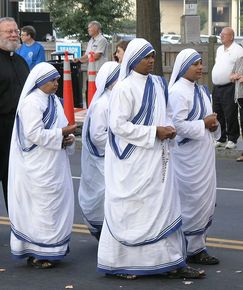
- Vatican Council II, Decree on the Appropriate Renewal of the Religious Life (Perfectae Caritatis), 1965
Women religious have not always worn a "habit," a distinctive set of garments worn by members of a religious order.
For example, when Angela Merici (who was beatified on this date in 1767) founded the Ursuline Order in 1535, the sisters lived in their own homes, didn't wear habits, and weren't limited to any apostolate. Vincent de Paul formed the Daughters of Charity as a secular congregation with no religious dress, no cloister, no veil. When Catherine McAuley founded the Mercy Sisters in Ireland, they wore contemporary clothes when they went out from the convent.
Before Vatican II, communities rarely questioned the practicality or appropriateness of a habit. It was part of who they were. Unlike male religious, a woman religious even wore her habit on vacation.
According to a 2009 study by the Center for Applied Research in the Apostolate for the National Religious Vocation Conference, 90 per cent of men and 27 per cent of women for whom a habit is optional wore it at least once in a while, with 14 percent of men and 15 percent of women wearing it in all or most circumstances. In those communities that don't have a habit, 48 percent of the men and 23 percent of the woman say they'd wear a habit if they had that option.
The School Sisters of Notre Dame, for example, opt for contemporary clothing but still wear a special congregational ring or lapel pin to identity them as a religious.
- Little White Book, Diocese of Saginaw
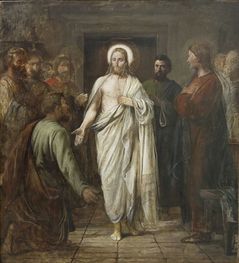
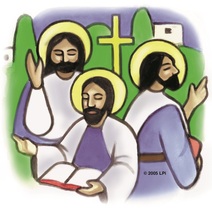


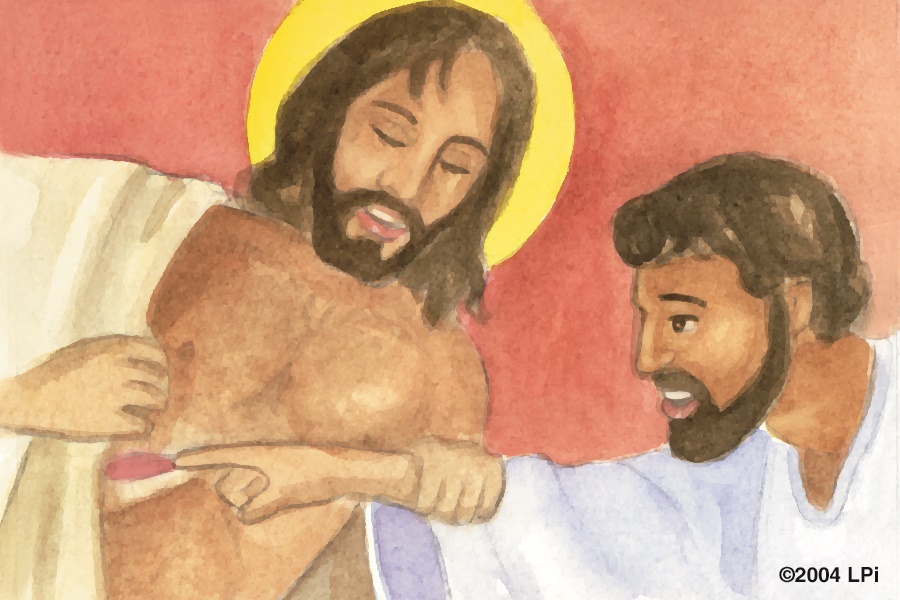

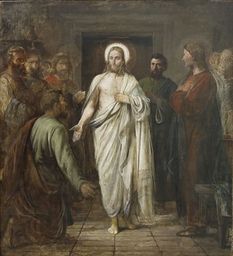

 RSS Feed
RSS Feed
